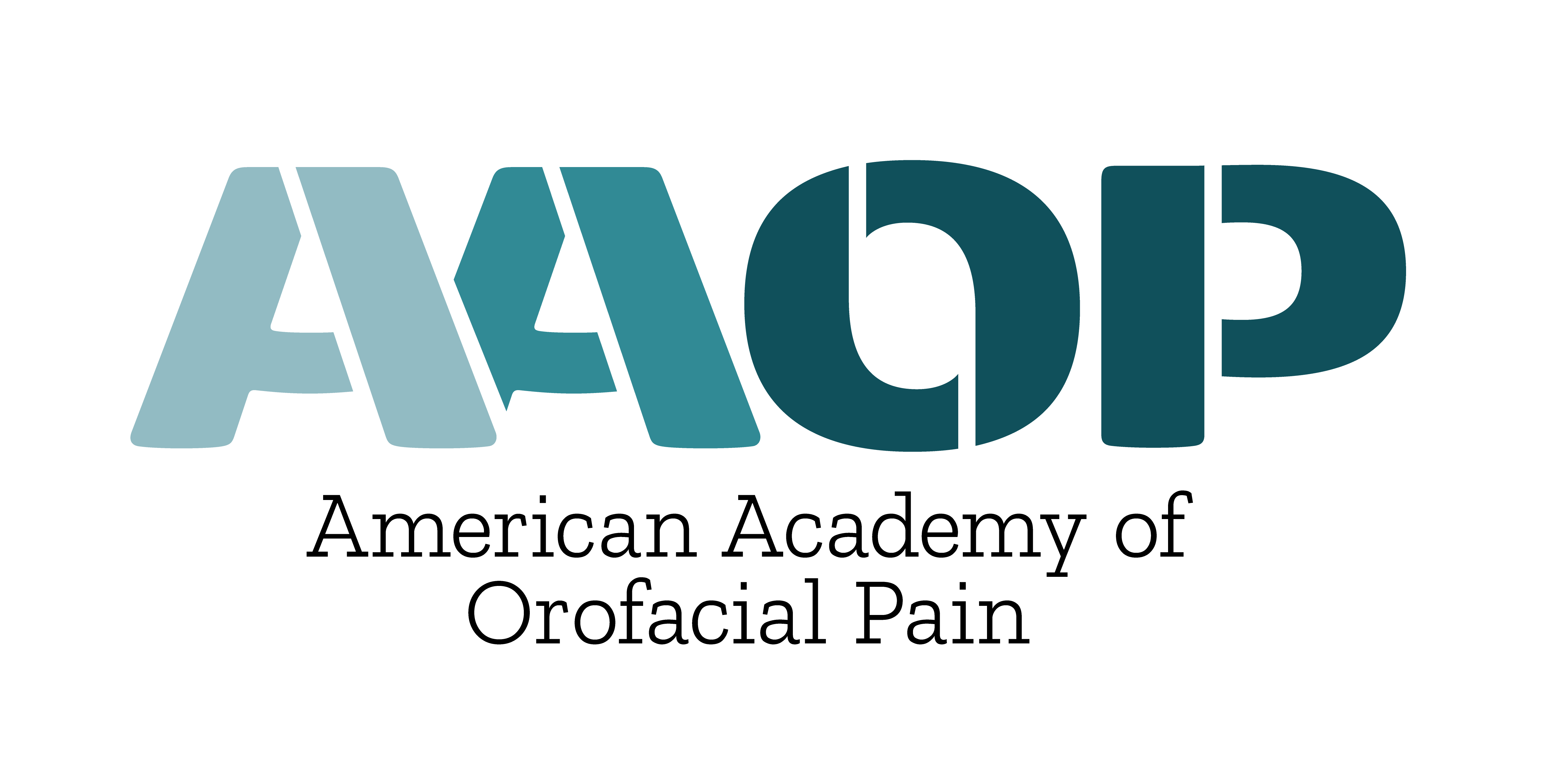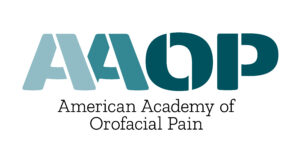Physical Therapy Board of Craniofacial & Cervical Therapeutics
 The Physical Therapy Board of Craniofacial & Cervical Therapeutics (PTBCCT) offers an annual certification process for physical therapists who meet the clinical and educational requirements listed on their website: www.ptbcct.org
The Physical Therapy Board of Craniofacial & Cervical Therapeutics (PTBCCT) offers an annual certification process for physical therapists who meet the clinical and educational requirements listed on their website: www.ptbcct.org
The Physical Therapy Board of Craniofacial and Cervical Therapeutics (PTBCCT) was founded in 1999 by an international group of physical therapists, many of whom are members of AAOP, to provide an ongoing educational venue within the academy and assist the profession in the disbursement of evidenced-based practice and research. The ultimate goal is to improve the delivery of patient care in this specialty area. The PTBCCT functions as an independent registered non-profit organization and will offer annual certification examinations to physical therapists who meet specific eligibility requirements.
The profession of Physical Therapy has matured into specialized fields of practice like that of medicine and dentistry. However, unlike medicine (neurology) and dentistry (orofacial pain & temporomandibular disorders) there is currently a void relative to the area of craniofacial and cervical pain/dysfunction syndromes that is specific to physical therapy. The American Physical Therapy Association (APTA) has previously established and recognized specialty areas of practice and developed associated certification criteria and examinations, none of which encompasses the field of temporomandibular disorders (TMD) and orofacial pain (OFP). The number of physical therapists that have obtained specialized training and advanced education in this area represents a very small fraction of the APTA that parallels that of the dental profession and has necessitated the creation of our own organization like that of the American Board of Orofacial Pain (ABOP).
One of our prime goals is to participate in the yearly scientific meeting of AAOP to provide an ongoing forum by which physical therapists can obtain the education needed to develop competency in this specialized field and be exposed to the cutting edge of scientific and clinical advances. Furthermore, we hope to present the evaluative and therapeutic areas in which an experienced physical therapist can enhance the dental management of the patients that we treat.
Role of physical therapist in management of orofacial pain
Physical therapists (PTs) have doctorate level education. They are movement experts with a thorough understanding of musculoskeletal and neuromuscular dysfunctions affecting all human movement and function.
Physical therapists have been granted some type of direct access in all 50 states, allowing them to be the first point of contact to evaluate and treat patients without physician or dental prescriptions. https://www.apta.org/advocacy/issues/direct-access-advocacy.
A growing number of PTs are seeking advanced training and certification to manage more complex forms of Temporomandibular Disorders (TMD) and orofacial pain (OFP) and other conditions affecting the upper quarter. Many PTs attending AAOP’s educational venues are Certified Cervical & Temporomandibular Therapists (CCTTs) by the Physical Therapy Board of Craniofacial & Cervical Therapeutics (PTBCCT).
Physical Therapists follow the biopsychosocial treatment model and collaborate with dentists and other healthcare professionals to comprehensively address all contributing factors leading to pain and movement limitations in the patients that they serve. Their pre- doctoral training includes TMD and neck pain, and they can pursue post-doctoral training to gain expertise to evaluate and treat patients with more complex forms of TMD, headache, neuropathic pain conditions, dystonia, tinnitus, vertigo, vestibular dysfunction, and concussion. During the first point of contact, the PT will perform a comprehensive and diagnostic evaluation of the patient’s upper quarter, including a medical screen. An accurate diagnosis will allow for the formulation of an appropriate and effective treatment plan that is tailored to each individual’s unique needs.
Research has consistently shown that physical therapy treatment results in increased functional mobility and pain reduction. Interventions should be aligned with the clinical practice guidelines being put forth by the American Physical Therapy Association (APTA). They include patient education, self-management strategies, manual therapy, trigger point dry needling and structured therapeutic exercise to decrease pain and restore efficient movements and functions of the upper quarter such as eating, swallowing, talking, singing, facial expressions, sleeping, and head, neck and shoulder girdle movement.
To find out more about the role of physical therapy in the comprehensive management of orofacial pain and to find a CCTT in your area to collaborate with, please contact info@ptbcct.org


